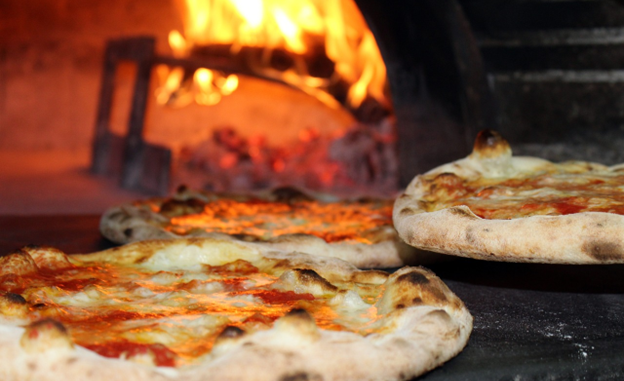
Anyone who’s ever worked in a restaurant kitchen knows that they’re not exactly designed for comfort. High heat and humidity can make the work environment nearly unbearable, threatening the health and safety of workers while also putting your food inventories at risk.
These challenges, though, become especially formidable when you’re facing a weather-related heat emergency, such as those endured throughout the United States in the summer of 2022. The good news, however, is that innovations in restaurant technology are helping restaurateurs safeguard both their workers and their food inventories in extreme heat conditions.
The Dangers of High-heat Restaurant Environments
If you’ve been in a kitchen when temperatures are soaring, then it’s not difficult to understand the risks such conditions can pose for workers. Prolonged exposure to extreme heat can take a profound physical, emotional, and cognitive toll.
High heat conditions can leave you feeling fatigued, irritable, and unable to concentrate — all of which can be quite dangerous in the frenetic and often hazardous environment of the kitchen. In addition to the elevated risk of accidents and injuries, from falls to cuts to burns, heat distress can quickly devolve into heat stroke, a potentially life-threatening medical emergency.
It’s not only your kitchen workers who are vulnerable to extreme heat. High heat can increase the rate of food spoilage, contributing significantly to food waste and, consequently, to lost revenues.
Safeguarding Workers and Inventory Through Tech
As significant as the threat of high-heat environments can be for your workers and inventories, restaurateurs are by no means without resources. Innovations in technologies are equipping operators with more and better tools than ever before to safeguard their staff and their products.
For example, smart sensors connected to the Internet of Things (IoT) can continuously monitor ambient temperatures everywhere prepared meals or ingredients are stored or shipped. Best of all, these sensors can send automated alerts in real time to stakeholders who can intervene quickly to ensure food products remain in the safe zone.
In addition, as 5G networks continue to expand across the country and around the world, the capacity of IoT sensors to monitor inventories across all stages of the supply chain is growing. This means that temperature and humidity levels can be monitored while food shipments are en route, issuing automated alerts when human intervention is necessary during shipping.
IoT sensors can also be used to identify potential disruptions in the supply chain, such as port closures or traffic delays, and can find the most efficient alternate routes. This provides restaurant operators with the peace of mind of knowing that their products arrive fresh and safe to their stores — even during hot weather conditions. Continuous environmental monitoring and efficient shipping through the use of IoT reduces the amount of inventory that must be discarded due to potential spoilage concerns.
Technology can also be instrumental in safeguarding workers in high-heat conditions. For instance, new robotics systems are being introduced to take the place of human workers in the hottest areas of the kitchen, such as the fry lines. This helps workers reduce or even eliminate their exposure to the worst heat conditions.
Likewise, smart technologies can be used both to regulate the kitchen environment and to monitor workers’ physical status while in a hot kitchen. For instance, smart thermostats can automatically adjust not only freezer and storage temperatures but also the kitchen’s cooling settings to maintain a healthier temperature environment. Similarly, wearable health monitors can track workers’ body temperature, heart rate, respiration, perspiration, and other vital signs, alerting them to even the earliest signs of heat stress.
The Risk of Heat Waves
The hot weather season is rapidly approaching in the northern hemisphere and, with it, the risk of heat waves. If 2022 is any indication, it promises to be a long, hot summer. For restaurant workers, the challenges of staying safe during a heat wave can be especially great, as workers may not be able to limit their exposure to heat sources. Even the most effective heating and cooling systems can be insufficient to manage kitchen temperatures during a heat wave.
For this reason, it is incumbent on restaurateurs to make provisions for protecting workers and inventories during extreme weather conditions. Brownouts and blackouts, for instance, are common during a severe heatwave. That means that if you want to be able to continue operating while also protecting your workers and your inventories, you’re going to need a backup power plan. Investing in a generator can ensure that your team and your inventories are safe throughout the heatwave.
The Takeaway
High-heat conditions may seem to be part and parcel of working in the restaurant industry. However, prolonged exposure to high temperatures can pose a serious risk to the health and safety of your workers. In addition, heat can dramatically accelerate food spoilage, resulting in immense inventory losses. The good news, however, is that a host of new and emerging technologies is making it possible to safeguard your workers and your inventories in high-heat conditions. This includes smart technologies, IoT devices, and backup power sources to promise safe and seamless operations — no matter what the weather may bring.
Published By: Restaurant Technology News



